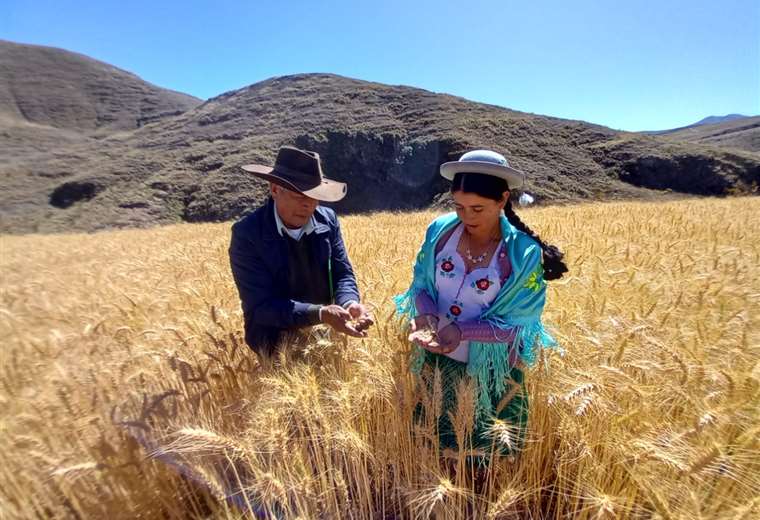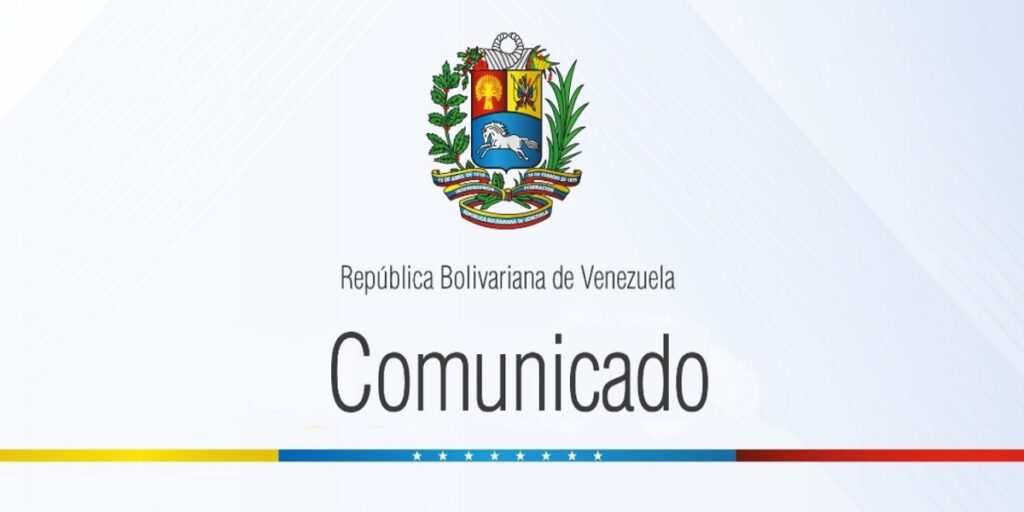Transfers with cryptocurrencies in Argentina reached US$ 93,000 million between July 2021 and June 2022, a record that places the country as the second most active behind Brazil in the regiondriven by the strong adoption of stable currencies (stablecoins) as a refuge of value and for use in daily payment operations.
In that sense, despite having a much smaller population than Brazil (215 million inhabitants against 45 million), the volume of money in crypto transfers in Argentina was two thirds that which was operated in the neighboring country in the same period. , with little more than US$ 140,000 million.
Argentina today ranks 13th in the Global Cryptocurrency Adoption Index 2022 carried out by the company Chainalysis, based on data crossings of transfers settled in the main public block chains (blockchains) and their georeferencing on the Internet, which identify relevant activity with cryptocurrencies in 142 countries.
1/ The 2022 Geography of Crypto Report is here!
In this ?we break down some key trends and insights on global #crypto adoption. ?
Download the report to get the full insights: https://t.co/22mXjyzOXN
— Chainalysis (@chainalysis) October 20, 2022
Although there are no official figures, since there is no single registry of users and the same person can open accounts on multiple platforms, various surveys and surveys of use indicate that at least 1 in 10 Argentine adults buys or bought cryptocurrencies at some time, for which is estimated to be about 2.5 million people who operate cryptocurrencies in Argentina.
The paradox of the adoption of cryptocurrencies in Latin America occurs despite the collapse in its price -the total value of the market went from US$ 3 billion in November 2021 to drilling US$ 800,000 million in June 2022-, and it is one of the few regions in the world in which the volume of operations grew in the last year , given the greater adoption of users not for speculation but for protection against inflation.
In fact, the report notes that between July 2021 and June 2022 the region received US$562 billion in cryptocurrencies40% more than the same period last year, a much higher percentage than the rest of the world, where the level of use of cryptocurrencies even fell, especially in Eastern Europe and Asia.
Various surveys and surveys of use indicate that at least 1 in 10 Argentine adults buys or bought cryptocurrencies at some time.
Namely, more and more users choose to protect their savings through the crypto worldgiven the ease and speed with which it can be operated, making the so-called stablecoins or stable cryptocurrencies, the vast majority of which follow the value of the dollar (USDC, USDT and DAI are the best known).
“The Chainalysis data validates the two main conclusions that we have been mapping with AMI in the region: first, that economies in which the local currency is fragile adoption flourishes, Venezuela and Argentina are the main cases; and second, that economies with good regulatory support they also bite, like Brazil,” Ignacio Carballo, professor, researcher and consultant of “crypto and alternative finance” at American Market Intelligence (AMI), explained to Télam.
Another characteristic of the Argentine phenomenon is that, unlike the region and even the world, three out of four operations (75.3%) are carried out through centralized exchanges.: companies that offer a platform through which users buy and sell cryptocurrencies, but not between peers, but through the company itself, while in the world the average reaches two out of three operations (66.3% ).

Today there are more than a dozen companies founded in Argentina that provide this service (Ripio, Lemon, Buenbit, Belo, Let’s Bit, Satoshi Tango, Argen BTC, Decrypto, among others) as well as international companies.
“There is no doubt that everything that has to do with the crypto industry – companies, technological development, cutting-edge innovation and others – has enormous potential. This is seen in the recognition of international players such as Vitalik Buterin (co-founder of Ethereum , who visited the country) and from companies such as Binance (the world’s leading crypto exchange), which launched its crypto card in Argentina rather than in another country, and from the recognition for local company developments such as Lemon, Ripio, Belo and others, which are quickly identified in the region,” said Carballo.
Among the relevant data of the report it can be deduced that, in Argentina, more than 31% of retail crypto transaction volume comes from the sale of stablecoinscompared to only 26% in Brazil and 18% in Mexico.
“Stablecoins are going to be the growth vehicle for crypto in the region. There is no attraction to crypto or technology, but a search for financial survival, that savings do not disappear to protect against inflation. The same thing happens in Africa, where it is increasingly being adopted as everyday use,” said Dan Cartolin, account executive for North and Latin America at Chainalysis.
“Stablecoins are going to be the growth vehicle for crypto in the region. There is no attraction to crypto or technology, but a search for financial survival, that savings do not disappear to protect against inflation”Dan Cartolin, Account Executive for North and Latin America at Chainalysis
For Juan José Méndez, CBO of the Argentine exchange Ripio, in the current context it is a bearish market “although Bitcoin or Ethereum continue to have high demand on our platforms, stablecoins or “cryptodollars” gained a lot of ground this year.”
“In fact, for three consecutive months, Bitcoin fell against USDC (one of the main stablecoins, issued by the North American company Circle), the cryptocurrency with the highest buying and selling activity in Argentina and this month also in Brazil,” Méndez told Télam. on the behavior of its users in its company, one of the pioneers in the region and currently operating in Argentina, Brazil, Mexico, Colombia, Uruguay and Spain.
“The level of adoption that has been observed over the last time in Latin America is very high, and it is occurring more and more in various industries and productive sectors.with a user profile that seeks above all to protect its assets,” he concluded.
Crypto cards: what they offer and what they are used for
Less than a year after the launch of the first card to pay with cryptocurrencies in Argentinathe adoption of this form of payment is gaining popularity and use among its followers with the multiplication of companies that offer the service.
The possibility of paying at any store in the world and obtaining refunds of between 2 and 21% in cryptocurrencies on purchases and exclusive discounts for events and commercial premises are the strategies they use to attract new customers.
Nowadays, more than half a dozen local and foreign companies offer Visa and Mastercard debit cards to pay with cryptocurrencies: Lemon, Buenbit, Belo, Decrypto, Satoshi Tango and Let’s Bit from Argentina, which is joined by Binance from abroad.
The first to offer payment with crypto -although it can also be done with pesos- was Lemon, which has already issued more than 760,000 VISA plastics in the last 12 months, processes an average of 45 transactions per minute and offers a refund of 2% of all Bitcoin purchases
“The most frequent use is by users who make their consumption in pesos to receive satoshis (bits of Bitcoin) for each purchase.. These users use Bitcoin as a backup currency in case they do not have enough funds in pesos, while generating weekly crypto earnings by saving their assets in the app. The second most frequent use case is of users who make their direct consumption in stable cryptocurrencies,” Alejo Blasco, Lemon’s director of communications, told Télam.
Less than a month ago, Buenbit relaunched its Mastercard prepaid card, with which it allows payments to be made in any of the cryptocurrencies on its platform or with pesos, and which has now added a points system to achieve withdrawals in any crypto of choice between the 2 and 5% of the purchase amount, depending on how many purchases and cryptocurrency transactions you make per month.
According to their records, the typical user of the card is characterized by making purchases of products and services linked to their daily life: supermarkets (12.9%); professional services (11.2%); fast food (7.4%); fuels (6.1%); digital games and gastronomy (4.2%); taxis and transportation (2.6%); pharmacies (2.3%), pastry shops (2.2%) and bars (2.1%).
“Buenbit has two types of users: the saver and the investor. Today we are working on offering the best solution for both segments, incorporating other assets into the game that complement diversification with cryptocurrencies (stable or volatile) in the same place. Our goal is to represent the evolution of finance and investment with an all-in product,” said Buenbit’s CEO, Federico Ogue.
Another of the pioneers in the field is Belo, which already has more than 400,000 users, of which 80% are between 20 and 40 years old, and offers a Mastercard card to pay with Argentine pesos, DAI, USDT, USDC, Ether and Bitcoin, and receive a random refund between any of these.
“Competition with other companies is always very good. It is a very positive sign that more and more companies decide to invest in the local crypto ecosystem, that means that Argentina has a lot of potential. We are undisputed regional leaders and among the top positions worldwide in ecosystem development,” said Manuel Beaudroit, CEO of Belo.
















